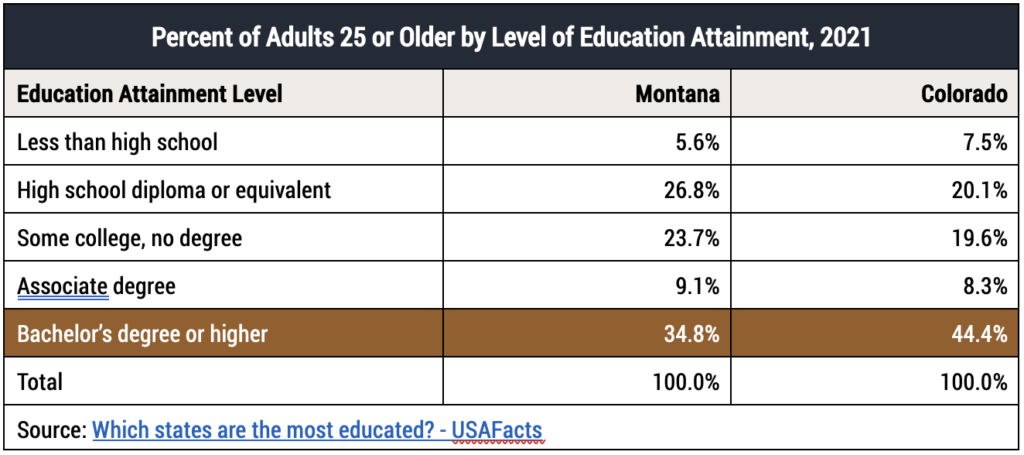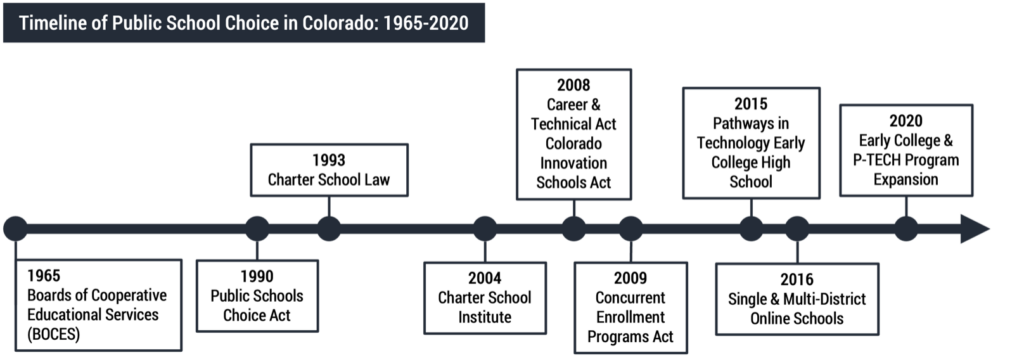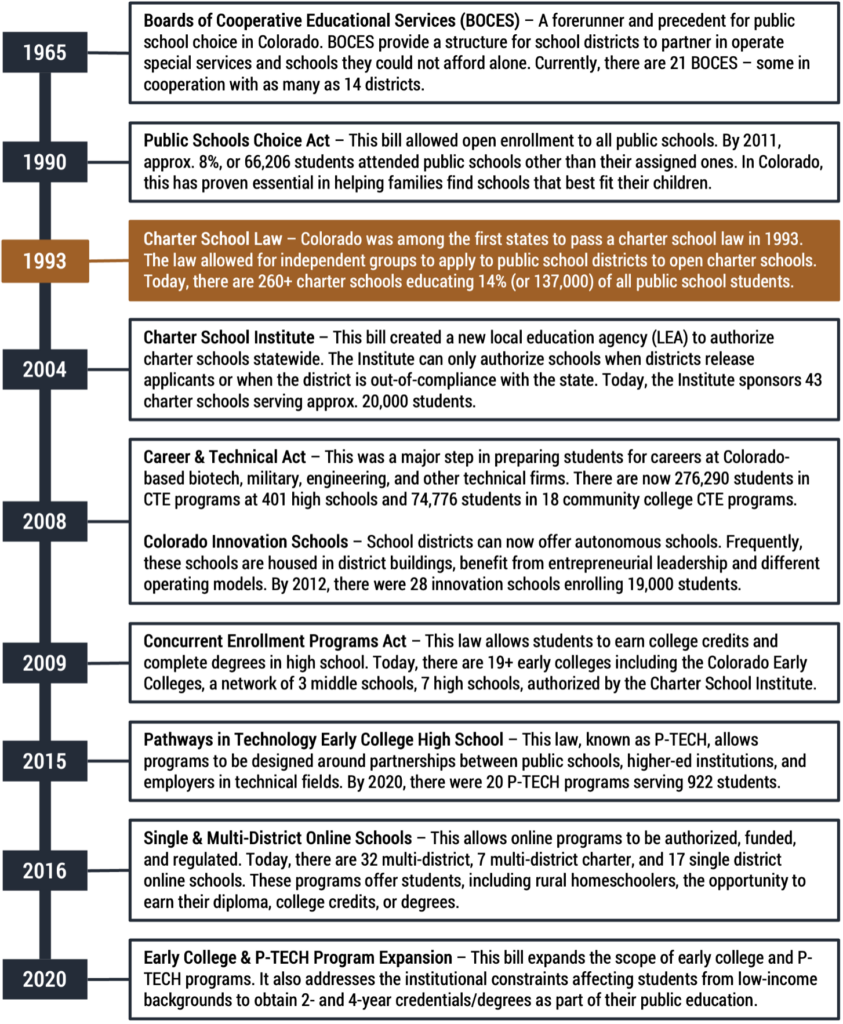In 2019, a survey of 800+ Montana employers revealed that the number one obstacle to expanding employment is a lack of skilled workers. An overwhelming number of employers observed that: (a) schools are not adequately preparing students for the workforce; (b) schools are not adequately teaching students interpersonal skills; and (c) a majority of new hires required additional skills training to do the job.
In January 2024, five years later, the U.S. Chamber of Commerce produced a national report on worker shortages. In that report, Montana is characterized as experiencing the “most severe” worker shortage index with 42 available workers for every 100 open jobs as of September 2023. There are 35,000 job openings reported for the state with only 14,691 unemployed workers.
For this January 2024 edition of our 12-month series, we want to address a basic question that may help explain these acute shortages – Is Montana’s education sector doing a good job preparing young adults to enter the workforce?
To answer this question, it is important to start by defining success as follows:
- SUCCESS IS NOT enabling young adults to get a job. After all, employment is important, but if we want to set a high expectation, simply getting jobs is the bar around our ankles.
- SUCCESS IS DEFINED as enabling young adults to obtain high paying jobs that yield earnings growth and upward mobility throughout their careers.
Right now, it is not hard for Montanans to find a job. According to media reports, there are 3 open positions for every 1 adult seeking employment in the state. However, what is unclear is if a broad cross-section of Montana’s young adults are being prepared to get the best jobs – those jobs that yield the highest pay, strongest earnings growth, and most upward mobility over time.
Head-to-Head Comparison Between Montana and Colorado
In this review, we decided to take a head-to-head approach by comparing the employment outlook for young adults in Montana and Colorado. We selected Colorado as the comparison state for 4 reasons:
- Colorado has the highest rated K12 education sector in the Rocky Mountain region.
- In 2023, U.S News ranked Colorado’s economy 3rd in the nation.
- Although Colorado is far more populous than Montana, the state covers a similarly sprawling geographic area with large rural expanses and many small- to mid-size towns.
- Both Colorado and Montana have experienced significant in-migration from other regions of the country in the past two decades.
Of course, there are many differences between Colorado and Montana. But by taking this approach, we seek to compare Montana with another state often regarded as a regional exemplar.
In 2023, Coloradan workers were paid an average annual salary of $67,870, which equates to $32.63 per hour. Montanan workers were paid an average annual salary of $52,200, which equates to $25.11 per hour. So, on an overall salary basis, Coloradans were paid an average of 30 percent more.
In this analysis, we want to establish to what extent young adults have a better employment outlook. So, to capture this age group, we thought it would be helpful to compare the average salaries for young adults in Montana and Colorado. See the two rows highlighted below

As this comparison, shows, young adults less than 25 and those between 25 and 44 years of age are paid substantially more in Colorado than in Montana. Why?
One possible way to explain this discrepancy is that, if it costs more to live in Colorado than Montana, employers may be forced to pay more. But is that really the case? In the 3rd quarter of 2023, the state of Montana ranked 33rd on a benchmark cost-of-living index where Colorado ranked 35th. The two states have a very similar cost of living with Montana’s index at 103.1 and Colorado’s index at 106.9. The benchmark index we chose spans 6 factors of cost: groceries, housing, utilities, transportation, healthcare, and a miscellaneous category.
This comparison raises a simple question – why do Coloradans get paid 30% more than Montanans when residents of both states are experiencing a very similar cost of living?
As a starting point, we can assume that working adults in Colorado must be better educated than in Montana, which allows them to command higher salaries. As the table below illustrates, that is in fact the case. Nearly 10 percent more adults in Colorado have completed a bachelor’s degree or higher.

The well-educated and qualified workforce has played a significant role in making Colorado a hub for finance, technology, and bio-tech startups while also making the Centennial State a destination for relocating and expanding out-of-state businesses.
So, what is it that motivates Colorado adults to obtain a more advanced higher education? And what can Montana learn from Colorado’s educational journey?
There are straightforward answers to these questions…though they are not answers that that have been publicized before.
As far back as 1965, the state of Colorado began embracing public school choice as a means of strengthening the state’s education, from elementary to secondary to postsecondary institutions. By passing a series of education bills into law, the Colorado legislature has reshaped PK-16 education with the overarching priority of preparing students for the workforce and lifelong opportunities.
Now, 58 years later, the commitment to these approaches, which have steadily expanded the range of education options available to parents, has transformed the performance, competitiveness, agility, and innovativeness of Colorado education at all levels.
Unfortunately, Montana has not followed this path. Until 2023, Montana’s state leadership was largely resistant to legislating charter schools and other forms of school choice. Instead, Montana’s state government and K12 education establishment have chosen to insulate and protect public school systems from change while propping up their sagging performance by putting in place supplemental supports. This strategy has resulted in major gaps in educational quality and workforce preparation.
History of Public School Choice in Colorado
As the timeline below illustrates, among Rocky Mountain states, Colorado has been one of the most forward-thinking and responsive in paving the way so that PK-16 education can meet changing workforce and employer priorities. Below, we have listed the years and the benchmark education bills. Under the summary timeline, we have included a brief description of what these advances have contributed individually and collectively.


In reviewing this timeline, it is important to recognize just how much Colorado has expanded the range of workforce-ready school choices available to families. That expansion started with intra-district collaboration, open enrollment, and charter schools. Over time, it led to district-college-employer partnerships, early colleges, concurrent enrollment, and the growth of online options. Through it all, the quality-of-education and life opportunities for all students has been the focus, not protecting districts and the state public school establishment.
There are, of course, dozens of other important Colorado bills that could have been cited in this section, but in our judgement, these are the benchmark laws that enabled Colorado to transform PK-16 education. Through the passage and enactment of these laws, a broad cross-section of students is being provided with quality public school choices and prepared to succeed in the workforce.
Top Takeaways – Putting It All Together
What can we take away from this overview of Colorado’s history of PK-16 education can serve as an example for Montana? Here are the top seven lessons that we see:
- Colorado has embraced and harnessed school choice for 60+ years instead of resisting it.
- This embrace has broken down protective barriers, counteracted bureaucratic red tape, and made it clear that parent choice takes priority over district control.
- Colorado has leveraged social entrepreneurship, innovation, competition, and partnerships between schools and employers in the best interest of advancing PK-16 education.
- Under such a forward-thinking legislative agenda, public education in Colorado has flourished. Districts and public schools have not declined or lost market-share, but rather, have benefitted greatly from new resources and partnerships.
- Instead of being monolithic, complacent, and static, Colorado’s education sector is agile, performance-driven, and student-centered with many pathways to a quality education.
- Colorado is leaning into preparing students from all socioeconomic backgrounds to succeed in 21st Century workforce realities rather than backing away from its primary education charge.
- Consequently, Colorado’s young adults are paid far more than they would be in Montana to enter the workforce and complete the first segment of their careers.
By all indications, these seven takeaways do not just apply to a slice of Colorado’s school-age population. In the 2022-23 year, there were 179 school districts with 1,927 elementary, middle, and secondary schools in Colorado collectively enrolling 883,264 students. These seven takeaways – and the associated benefits to workforce entry and career earnings – have fundamentally transformed education for all students and families, who are the primary beneficiaries of education in Colorado.
Although Montana’s workforce preparation challenges remain widespread, there are encouraging signs. Last year, the Governor signed a bill to increase annual funding for the Advanced Opportunity program from $1.7 million to $4 million to expand work-based opportunities and personalized learning for Montana students.
Similarly, the state tripled support for organizations that prepare students for the skilled trades, including Future Farmers of America and SkillsUSA. Funding was increased from $550,000 to $1.5 million.
In a recent press release highlighting the strength of Montana’s workforce, Governor Gianforte observed, “Recognizing a four-year college degree isn’t for everyone, we’re expanding access to apprenticeships and creating more good-paying careers,” Gov. Gianforte said. “Ensuring Montanans have better access to apprenticeships and trades education empowers our workers with in-demand skills, develops our workforce, and creates better-paying Montana jobs.” But access is not the same as readiness. Readiness for apprenticeships, trades, or high paying jobs requiring a college degree is the responsibility of Montana schools, which must be challenged to elevate their game, not insulated from competition.
2023 was a landmark year for school choice in Montana. During the legislative cycle, one step that Montana’s legislature took was to clarify that, when parents choose to open-enroll their students across district boundaries, they cannot be charged extra expenses by the district they leave or the district they enter. Although improvements were made, districts still have many rights to deny parents cross-district enrollment transfers. These district controls act to deprioritize parent choice rather than give it primacy.
As we start the 2024 year, Montana is still in the formative stages of moving towards a PK-16 education sector that prepares all young adults, not just for jobs, but for high paying careers, upward mobility, and lifelong prosperity. With so many other states now seeing the long-term benefits of school choice for workforce readiness and lifetime earnings, there is much to learn from the transformational direction that Colorado has followed. We encourage Montanans to study and learn from the successes of other states as a means of lighting its unique path forward.



